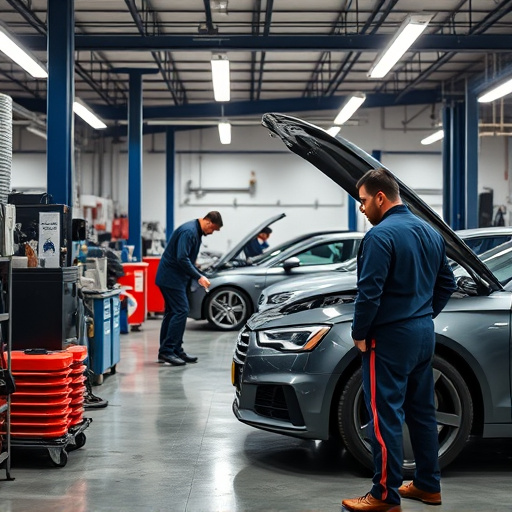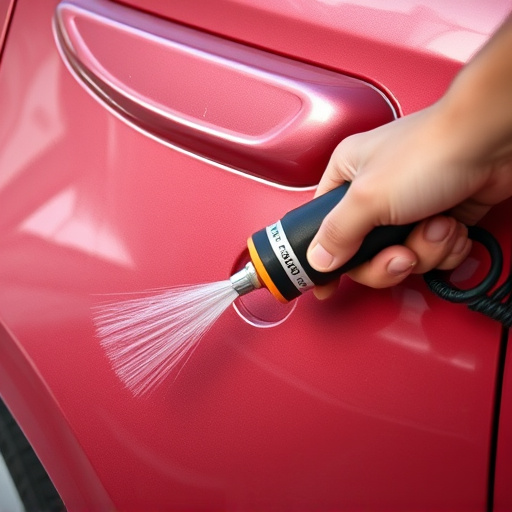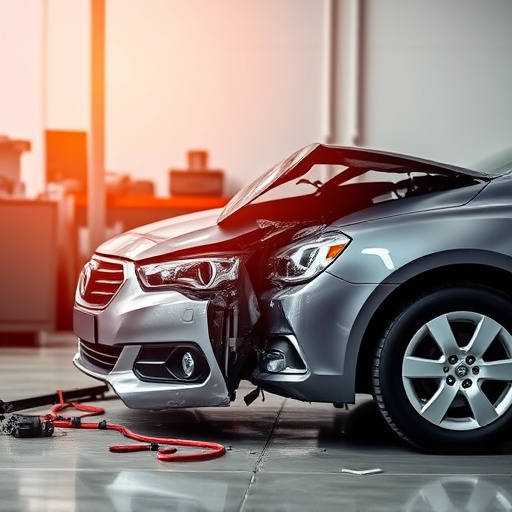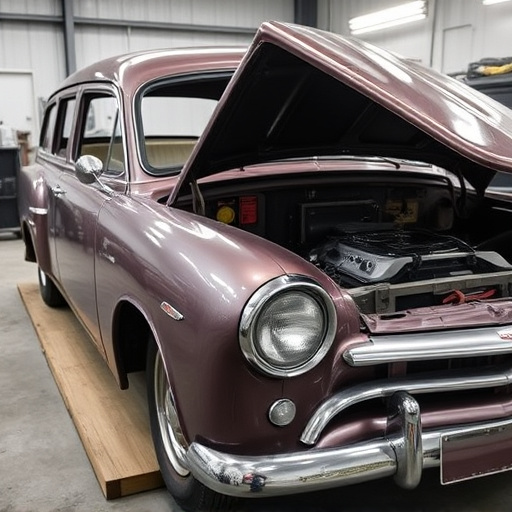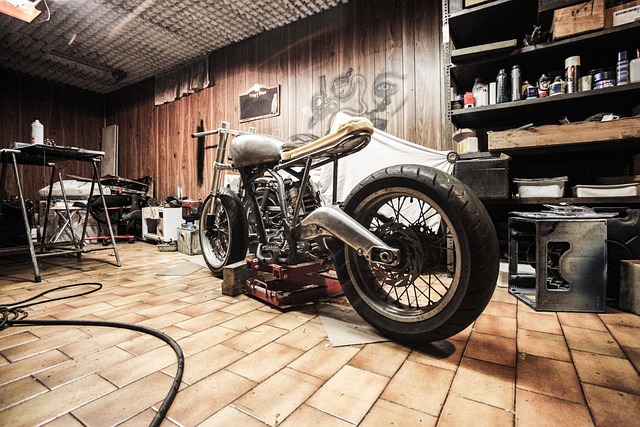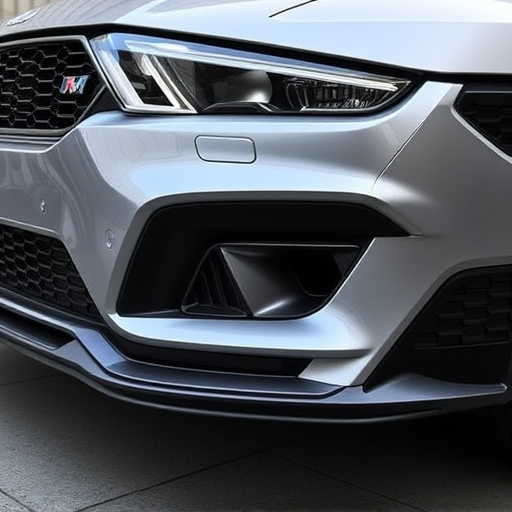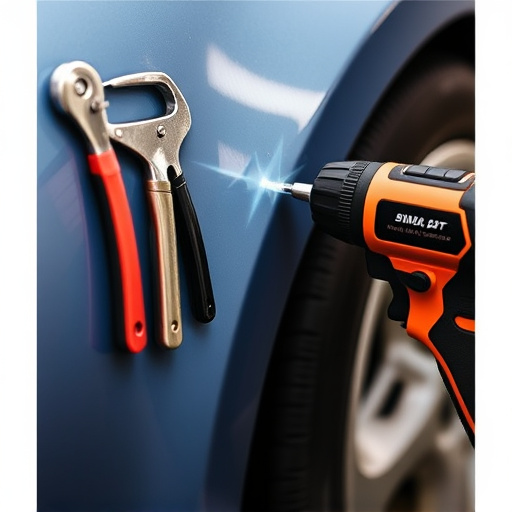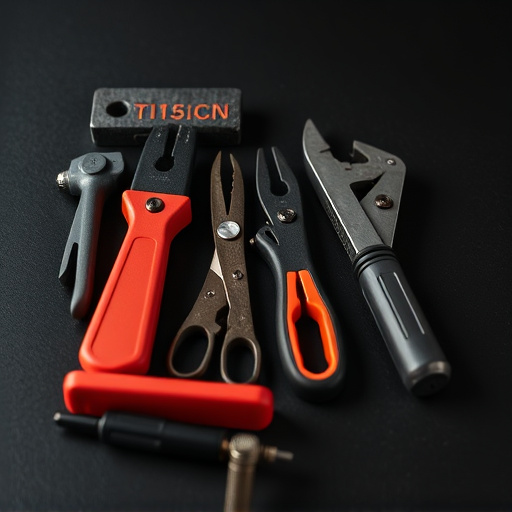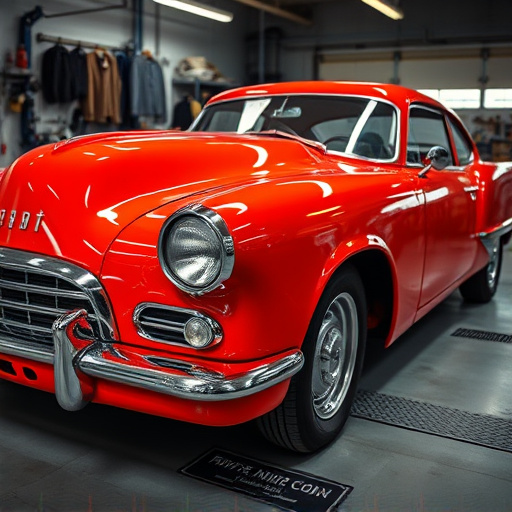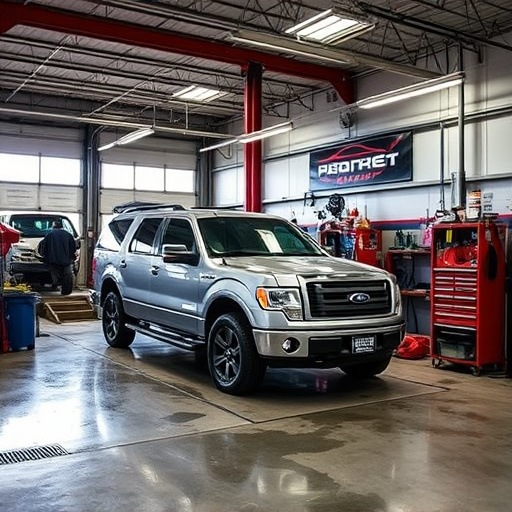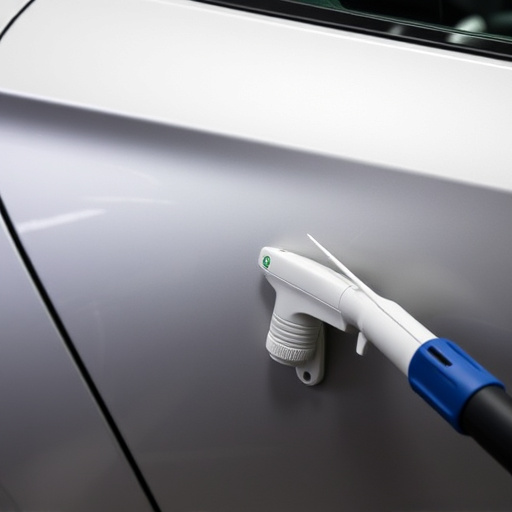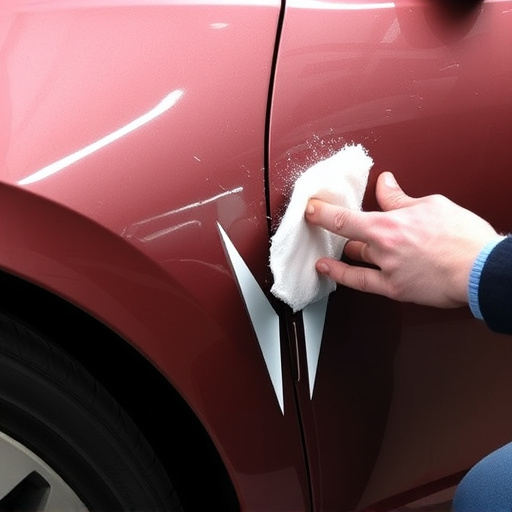Before compact car body work, thoroughly inspect and prepare: clean surface, mask non-damaged areas, set up organized workspace. Use right tools & materials: high-quality equipment, genuine OEM parts or top aftermarket alternatives. Achieve smoothness with wet sanding & precision tools, maintain consistent pace and pressure for professional results. Completing repairs enhances aesthetics and increases compact car value.
“Elevate your compact car’s aesthetics and value with our comprehensive guide to efficient body work. Discover 10 essential tips tailored for the thoughtful enthusiast. From meticulous preparation to the selection of ideal tools and materials, we demystify the process. Learn advanced techniques ensuring flawless smoothness and precision. Transform your compact car into a showcase of craftsmanship, enhancing its appeal and longevity.”
- Preparation: Essential Steps Before Body Work
- Tools & Materials: Choosing the Right Equipment
- Techniques: Mastering Smoothness and Precision
Preparation: Essential Steps Before Body Work

Before tackling any compact car body work, thorough preparation is key to achieving a flawless finish. The initial steps involve assessing the vehicle’s condition, gathering the necessary tools and materials, and ensuring a safe and clean workspace. Begin by inspecting the damaged areas closely, identifying cracks, dents, or other defects. Take detailed notes to guide your repair process. Next, gather all required tools such as specialized hammers, dollies, and putty knives, along with high-quality auto body repair products. Clean the car’s surface thoroughly to remove any debris or contaminants that could affect adhesion during restoration. Mask off areas not in need of repair to prevent overspray and maintain the vehicle’s original aesthetics.
Additionally, setting up a well-organized workspace is crucial for efficient compact car body work. Ensure proper ventilation to control dust and fumes. Prepare a clean drop cloth or tarp to protect the surrounding area from repairs. Consider using a lift or jack stands for easy access to underneath components. Have all your tools and materials within reach to streamline the repair process, making auto body repair more manageable and ensuring a successful car bodywork restoration.
Tools & Materials: Choosing the Right Equipment
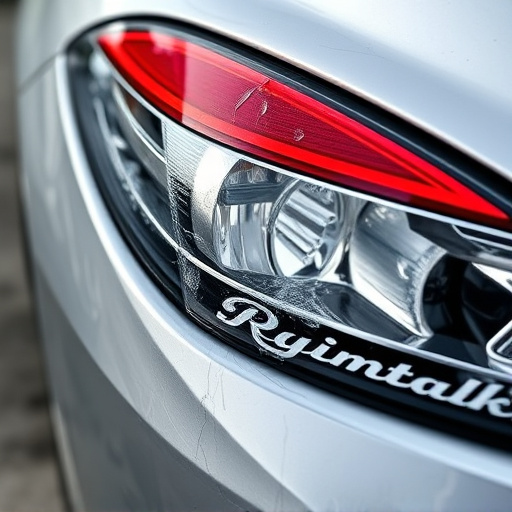
When it comes to compact car body work, the right tools and materials are essential for achieving a flawless finish. Before starting any repair or restoration project on your compact car, invest in high-quality equipment tailored for automotive work. This includes a set of precision screwdrivers, hex keys, and wrenches to handle various fasteners securely. A reliable paint gun and sprayer will ensure even application during the repainting process, giving your vehicle a professional touch.
Additionally, consider acquiring specialized tools like body hammers and dolly sets for panel replacement, ensuring minimal damage to surrounding areas. For compact car body work, choose materials that match the original specifications, such as genuine OEM parts or high-quality aftermarket alternatives. This consistency guarantees not only compatibility but also long-lasting durability, enhancing the overall appearance and value of your vehicle in an auto repair shop or during a DIY vehicle restoration project.
Techniques: Mastering Smoothness and Precision
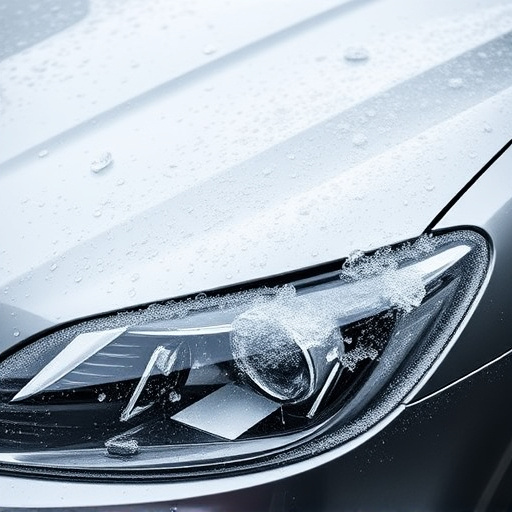
In compact car body work, achieving smoothness and precision is key to a professional finish. Techniques such as wet sanding and using high-quality compounding tools are essential for removing imperfections and ensuring a seamless blend between panels. Skilled technicians understand the importance of maintaining a consistent pace and applying even pressure during each step of the process. This meticulous approach guarantees that every curve, angle, and edge is treated with the care it deserves, resulting in an outstanding final product.
Mastering these techniques requires practice and patience. Professionals invest time in honing their skills to deliver top-notch car paint services. By utilizing specialized automotive body work tools and following strict quality control measures, they can fix dings, dents, and scratches effectively, restoring the vehicle’s original appearance or enhancing it with a desired custom finish. Vehicle body repair, when executed with this level of craftsmanship, not only improves the aesthetics but also boosts the overall value of compact cars.
Efficient compact car body work requires meticulous preparation, the right tools and materials, and a mastery of techniques. By following these 10 tips, from ensuring proper preparation to selecting high-quality products and employing precise techniques, you’ll achieve flawless results in your compact car body work project. Remember, attention to detail and a step-by-step approach are key to success.

